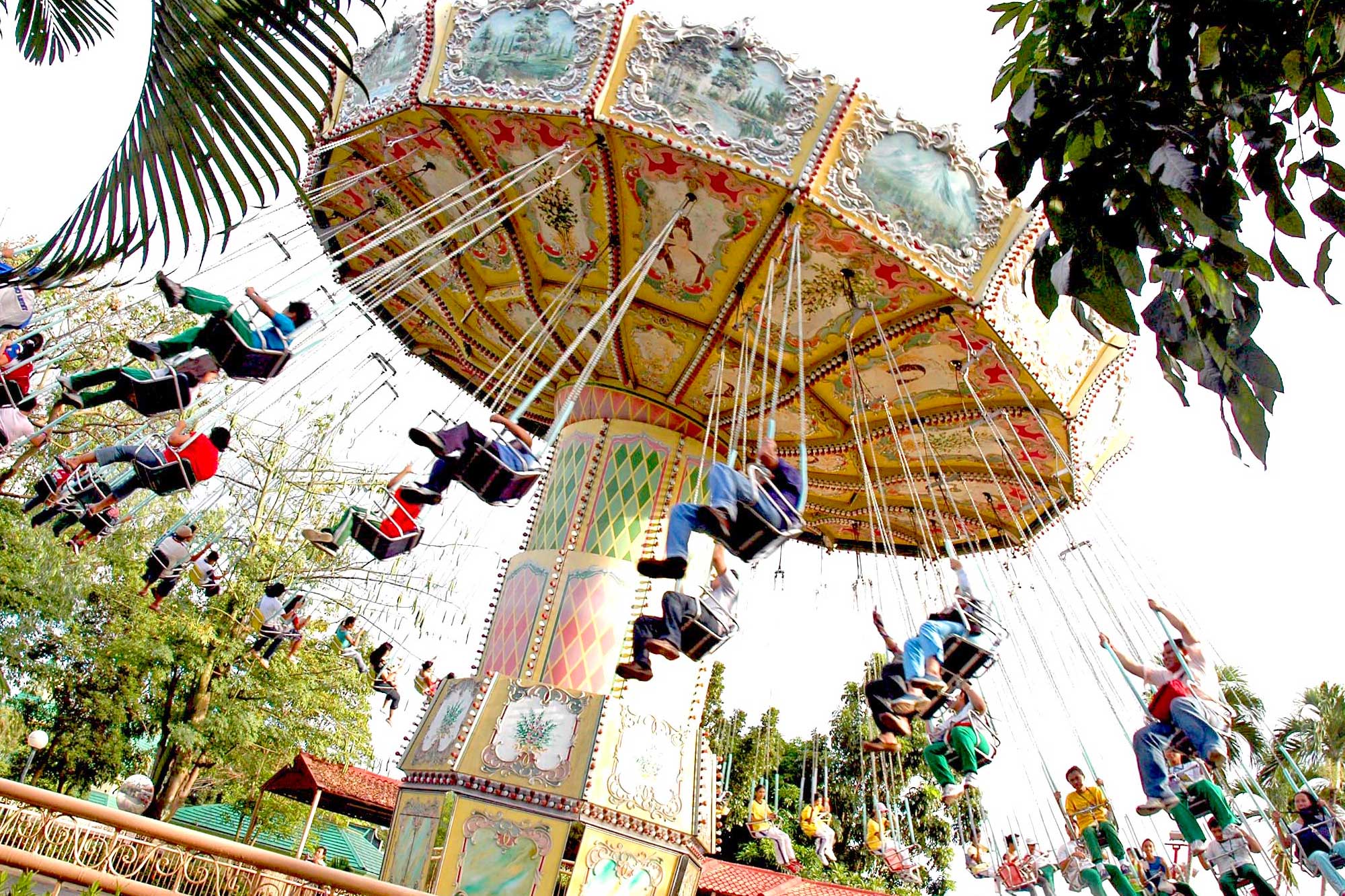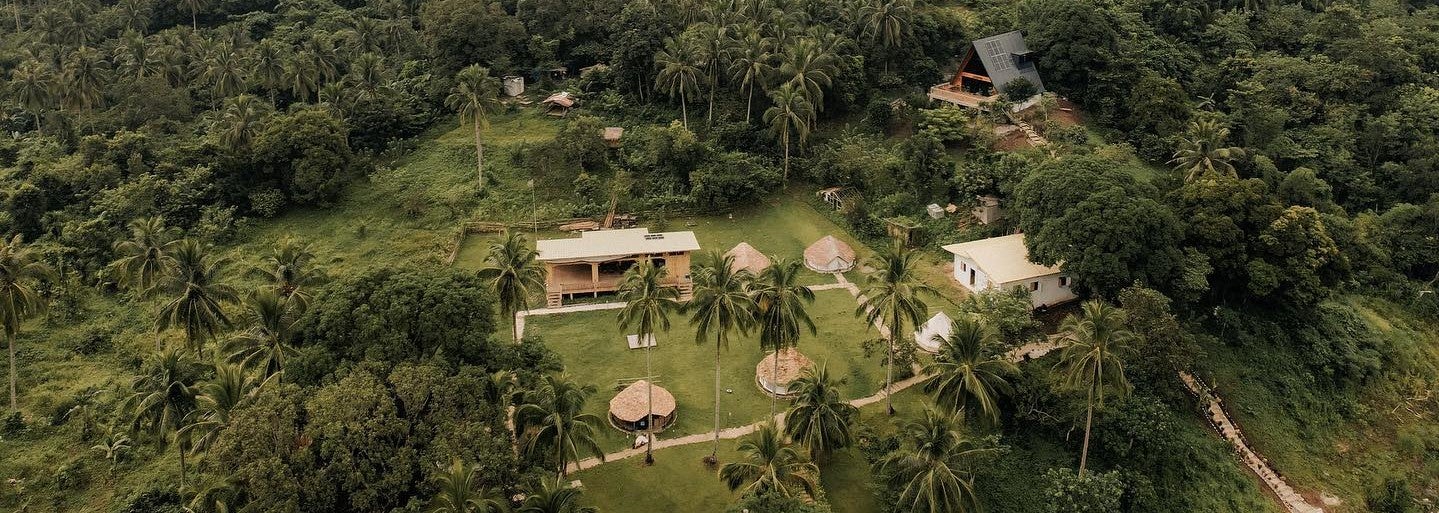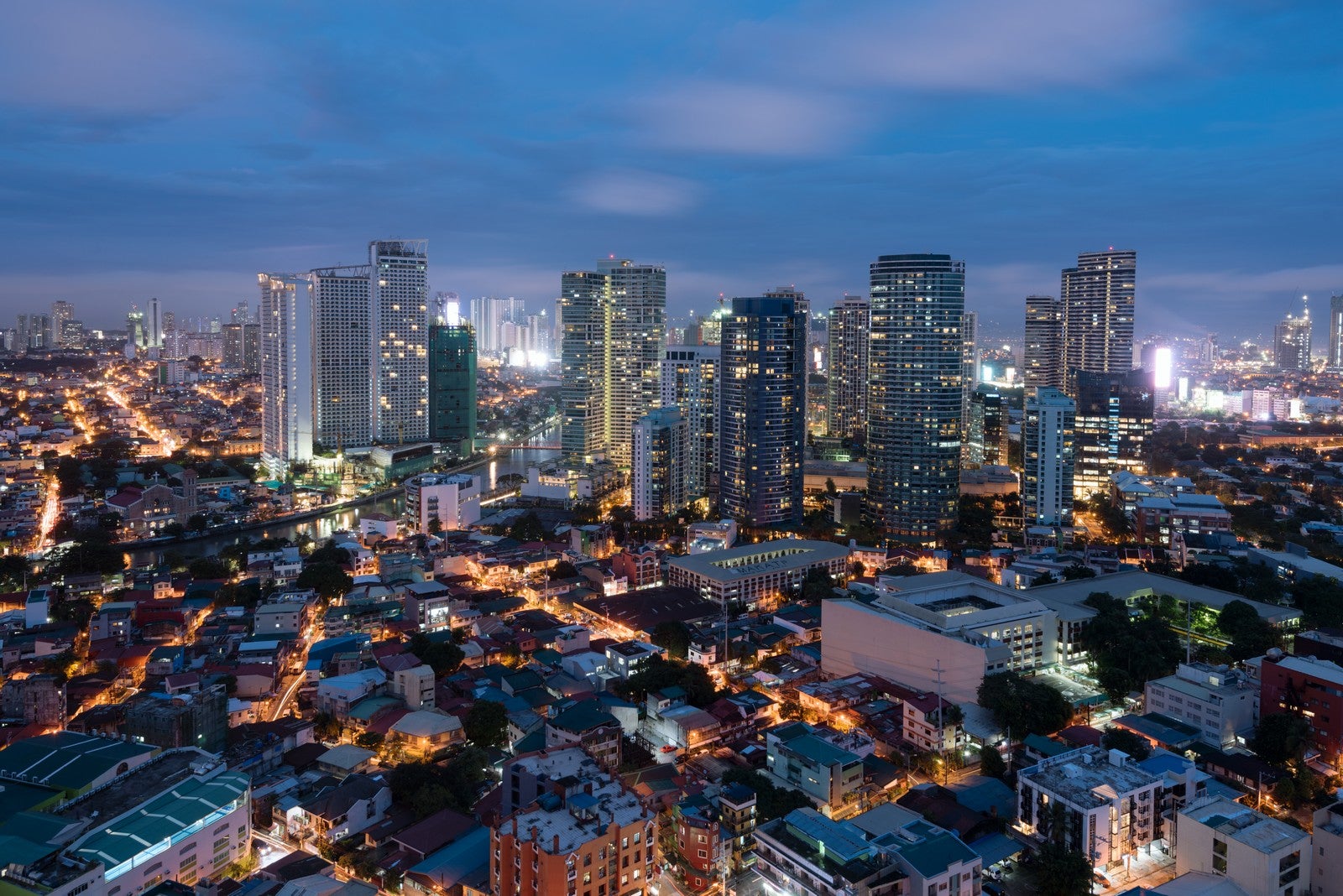
Explore the shipwreck diving sites in Coron Bay, Palawan and book Coron diving packages. Find out the best spots for wreck diving in Coron and some Palawan diving tips to take note of with this guide.
North of Palawan Island is a group of islands called Calamian Islands or Calamianes. One of the municipalities and islands within this island group is called Coron. 70% of the area consists of steep limestone mountains, which existed since the Permian.
Coron is known as one of the top Philippine destinations for island hopping and exploring pristine Philippine beaches. Aside from its postcard-perfect islands and beaches, it is also famous for shipwreck diving, Coron Palawan scuba diving tours for certified divers and fun dives, specifically of historical interest, which transports most of us before our time, World War II.
If you're trying to figure out where to dive in Palawan, Coron should be on the top of your list. Apart from the many Coron dive sites, you also have plenty of options when it comes to Coron dive resorts and Coron dive centers when choosing which Philippines scuba diving packages to book.
Coron’s World War II Shipwreck Diving Spots
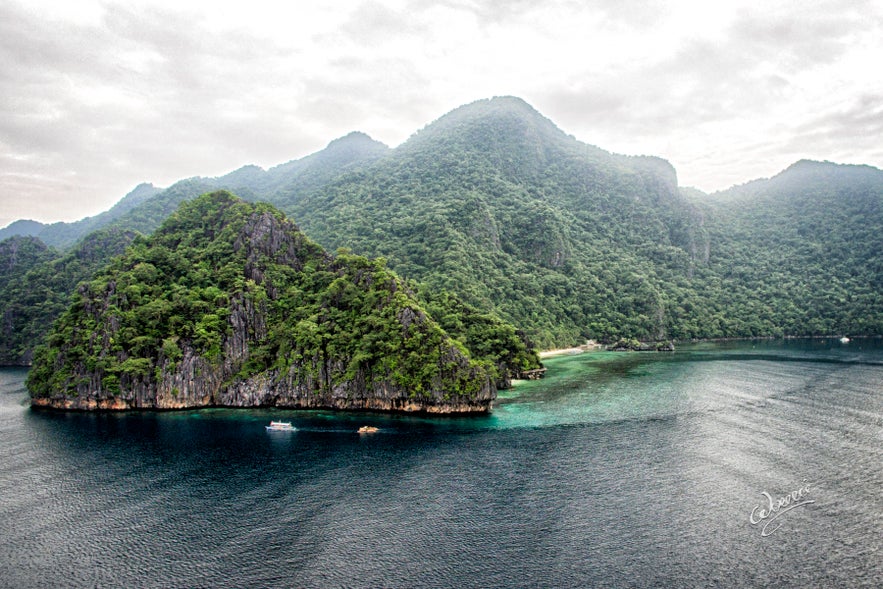
At 9AM on the 24th of September in 1944, the US Navy strike force of fighters and dive bombers arrived within the airspace of Coron and Busuanga, and attacked a Japanese supply fleet of up to 24 ships, at anchor.
It has always been a debate among historians whether the ships were detected from the air as moving islets or whether their radio transmissions were intercepted, which eventually led to a surprise aerial attack by the US Navy. The heavy air strike lasted less than an hour leaving a massacre of burning and sinking ships.
- Check out our list of emerging diving destinations in the Philippines
- Read our article on the best places to visit in the Philippines
The vicinity of Sangat Island has the largest concentration of sunken ships and eleven of them are within recreational scuba diving depths from 3 to 43 meters. The Coron shipwrecks are in great condition and highly recommended among seasoned advanced scuba divers to penetrate.
A pair of dive lights (one for back-up) among these wreck dives is a must because penetrating parts of these Coron shipwrecks can really be very dark, especially when the skies are cloudy and when the visibility becomes low.
Here are some of the top shipwrecks that you can explore during your Coron diving trip:
Akitsushima
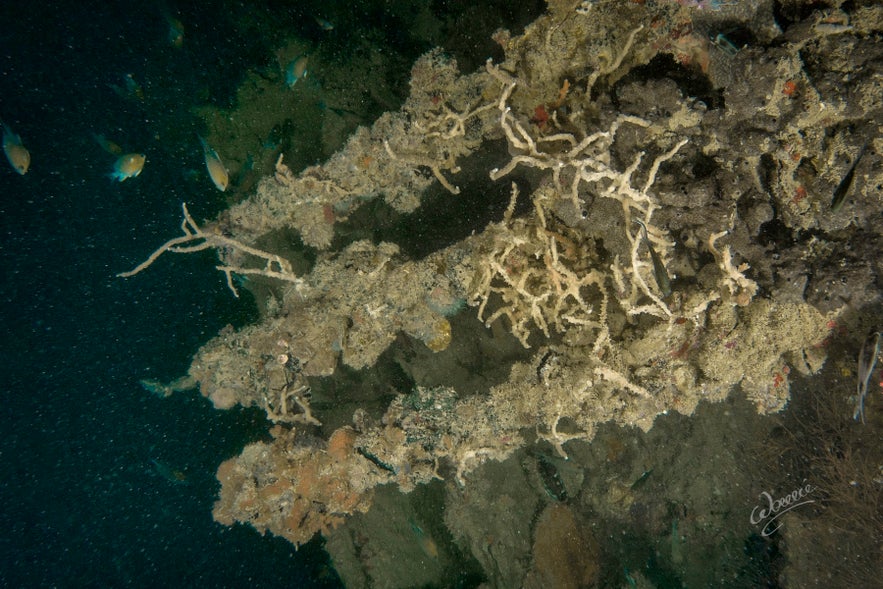
Among the many shipwrecks Coron has, only one of them was a warship, named Akitsushima. The rest were supply ships. Akitsushima is 114.8 meters long and lies on her port side at 36 meters deep while her starboard side of the hull is at 22 meters deep.
There is a three-barrelled anti-aircraft gun by the sandy area near the base of the huge crane. The huge 35-ton crane was used to accommodate seaplanes, one of which it recovered was the Kawanishi H8K1 Emily flying boat, that used to rest on the boat's stern.
- Read about other top diving spots in the Philippines
Akitsushima was severely hit near the stern where the flying boat was. The explosion was believed to be caused by the flying boat's fuel tanks which almost cut the ship into two parts. It is also one of the reasons why the flying boat was never found.
This huge rip by the stern is one of the interesting ways to penetrate the ship among wreck divers today. The crane's respective machinery and gears are well intact inside the ship. Other interesting armaments would include gun placements pointing to the bottom near the mast, swivel mounts for bigger guns, and an artillery shell jammed inside its mechanism.
Make your way from stem to stern among endless labyrinths until you make it to the engine room where you will find its four engines.
Kogyo Maru
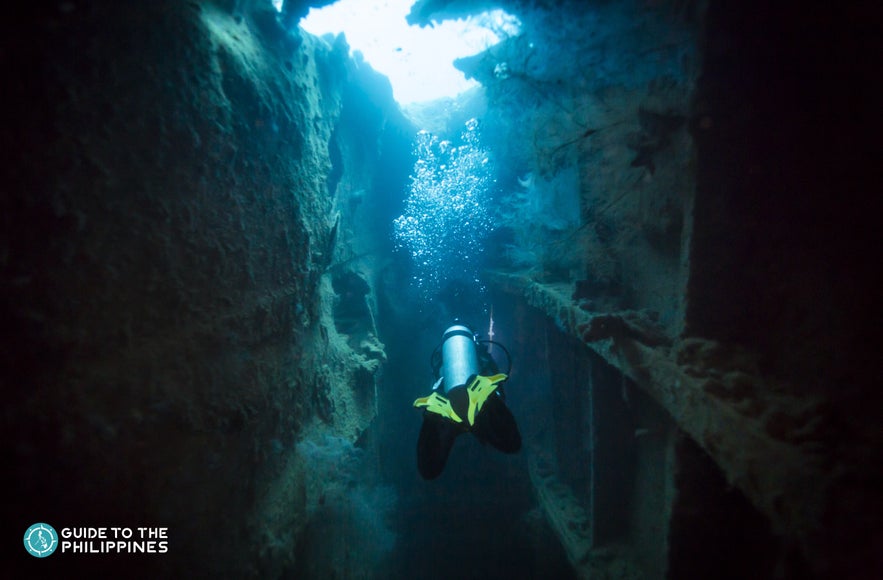
Kogyo Maru, being a Navy Auxiliary Cargo Supply Ship of the Imperial Japanese Navy, was carrying construction materials to build an airstrip for the Japanese war effort in the Pacific. She was built back in February 13, 1927 and converted for war on October 13, 1941.
It was reported to have been camouflaged a night before she was sunk together with her crew of 39 men. She is 158 meters long and lies on her starboard side at 36 meters deep.
- Check out other things to do in Palawan Coron
- See other Palawan tours to add to your itinerary
At her port side is a visible torpedo hole. Within Hold 1 is an encrusted tractor with its recognizable metal wheels and air compressor. The tractor bears a 6-cylinder Mitsubishi diesel-engine.
Her second Hold has scattered cement bags that look like smooth shaped stones. There are also rolls of wire fences lying on top of each other. Along the port side are huge lettuce corals with resident fusiliers, batfish, and snappers.
Irako Maru
The deepest upright standing shipwreck at 43 meters is the Irako Maru with its deck at 28 to 35 meters deep. She was a Refrigeration/Provision Store ship or Special Service Ship which carried food supplies for the Imperial Japanese Army.
- Read our guides on diving in Tubbataha Reef, diving in Apo Island, and diving in Puerto Galera
- Check out Bohol diving spots, Cebu diving spots, and Anilao diving spots
She arrived at Coron Bay two days before she was sunk. She was hit in the mid-ships section and caught on fire. You have to be very good with your buoyancy to penetrate this shipwreck because its silt is extra fine.
The visibility is impeccable inside, however, if silted, turns to zero. Frog kicking is highly recommended. There is a cargo hold at 36 meters deep and has access to its galley (kitchen). Inside are huge rice boilers and food mixers, which look like concrete mixers. Groupers lurk inside the wreck while barracudas, snappers, and batfish are found around it.
Morazan Maru
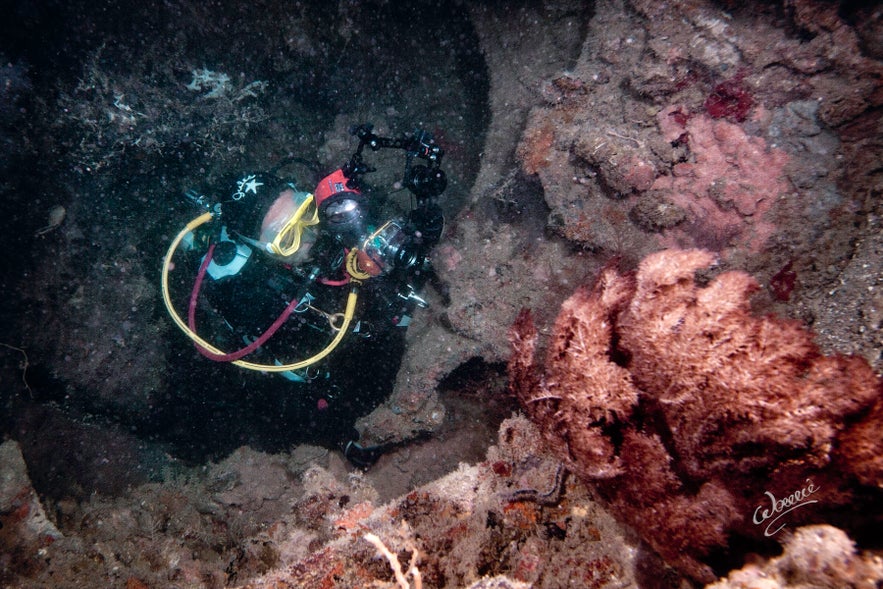
The 93 meter long Morazan Maru was previously known as the Olympia Maru (also previously thought to be 120 meters long). She was a freighter, passenger liner, and rests 30m deep, the main deck of which is at 18 to 24 meters.
On the 24th of September 1944, at 9 in the morning, 10 planes attacked from the starboard side followed through by her port side. It was on the third wave that the dive bombers took on her engine room that caused a huge explosion on the port side’s fuel tank.
- Find flights to Coron
Then, a series of bombs hit the cargo holds and the galley. She sank at 14:26 together with her crew of 14 men, 3 gunners, and 2 passengers. You may access the machine room with its huge boilers from the first Hold into a second bay.
There is a lot of wide cargo holds, one of which leads to an interesting propeller tunnel. Upon exiting, you will be greeted by its tall standing rudder.
Okikawa Maru
The biggest among the wrecks within Coron is the Okikawa Maru, a Navy Auxiliary Oil tanker of the Imperial Japanese Navy Combined Fleet. For more than 5 decades, she was mistaken to be Taiei Maru because they were both similar in size and shape. Later on was it realized that Taiei Maru sunk earlier on the 21st of August 1944.
Some reports say that Okikawa Maru sank after 70 dive bombers made a pass while other reports say that she stayed afloat until the 9th of October when another U.S. Air group took her on and finally sank.
She is 180 meters long and sits almost level at a depth of 26 meters. It features a heavily broken bow that faces north. It is an interesting swim through from its square cargo bay on top that leads to the middle of its broken bow. It is much covered with large lettuce corals and sponges with resident schools of fusiliers, batfish, and snappers.
Taiei Maru
The name Taiei Maru shows that no less than 6 vessels, freighters, and tankers served under this same name but she definitely is a Japanese freighter. She is 137 meters long, lying on her starboard side at 28 meters deep.
The port side is anywhere from 12 to 16 meters deep. She allows easy penetration with her huge cargo rooms and engine room, and features two massive boilers at the center of the ship. You may penetrate the entire stretch of the ship from bow to stern without exiting.
Kyokuzan Maru
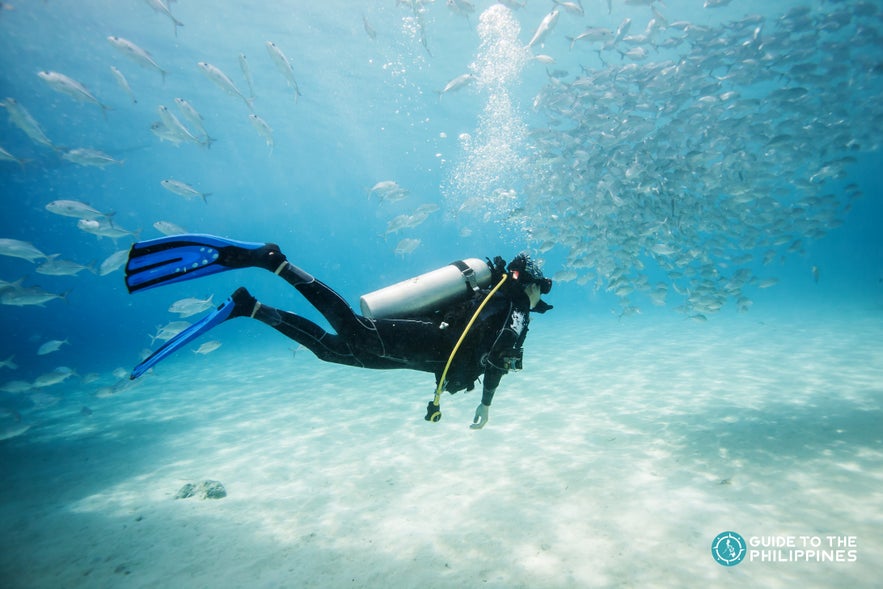
All the way up to the north-western side of the municipality of Coron is the Kyokuzan Maru, located within the vicinity of the Dimakya Island. She is a 136 meter long army auxiliary supply ship that sits almost upright with a 15 degree list to starboard at 43 meters deep.
The main deck plays anywhere from 22 to 28 meters deep. She can easily be penetrated and features cars and trucks within her holds.
Nanshin Maru or Black Island Wreck
Off the east side of Malajon Island, which also is known as the Black Island, because of its black rocks, is the Nanshin Maru, also known as the Black Island Wreck. She was believed to have drifted towards Malajon Island where she ran aground and sank on the 13th of September 1944.
- Find the best learn to dive - open water diving course packages for your Philippines trip
- Check out Coron island hopping tours, Coron tours, and other Coron tour packages
- Read our article on other tourist spots in Luzon
- Book Philippine scuba diving courses
Her bow is found at a maximum depth of 32 meters while her stern is at 21 meters. There are resident batfish, snappers, angelfish, and fusiliers around the sponge covered ship.
East Tangat Gunboat
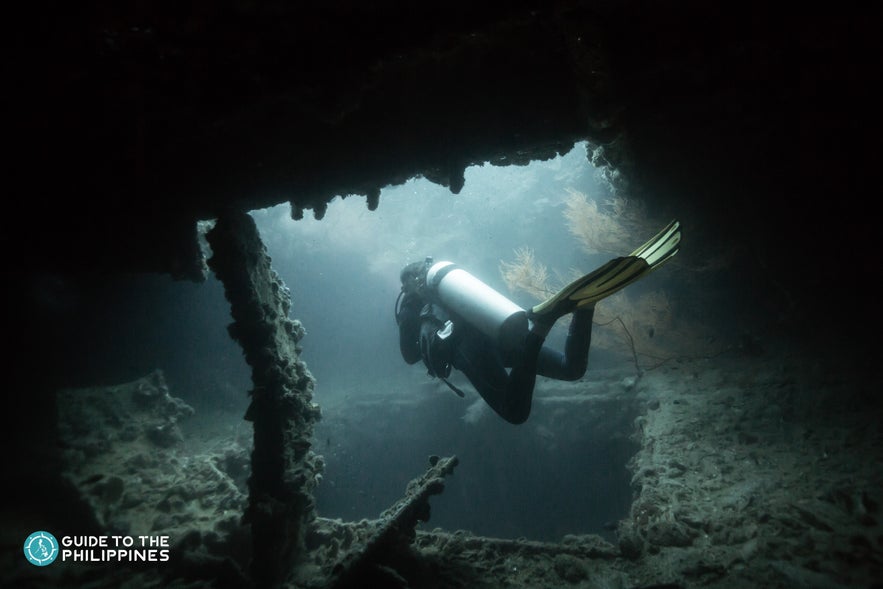
The East Tangat Gunboat is a small gunboat which historians believed to be a submarine hunter or a tugboat. She rests on a sandy slope with its bow within 5 meters deep, which is perfect among snorkelers to see, while its stern is at 22 meters deep.
Lusong Gunboat
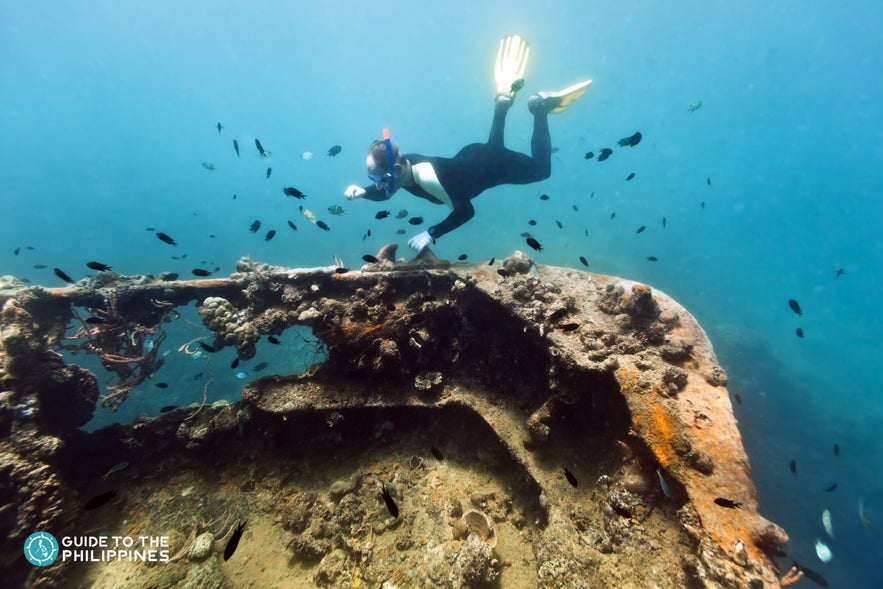
The Lusong Gunboat is also either an anti-submarine craft or a tugboat found within the vicinity of Lusong Island. She is 40 meters long with its stern breaking the surface at low tide. Its bow extends to about 10 meters deep.
Mamiya Maru
The 160 meter long Mamiya Maru or Mamya Maru was a Japanese freighter which now rests northwest of Tangat Island. She lies on her starboard side at 34 meters deep while her port side is at 24 meters deep.
Barracuda Lake: Another Must-Dive Spot in Coron

If you want to have a break from seeing too much sunken metal, a trip to the Barracuda Lake would be highly recommended. Legend says that a part of the mountain’s limestone walls collapsed, possibly centuries ago, enclosing an area to what is now known as a lake where barracudas were trapped in and had adapted to live, up to this day.
If you are lucky, you may find yourself face to face with a barracuda. Interestingly, as you go deep all the way to 33 meters, you will encounter extreme thermoclines ranging 10 degrees Celsius apart (28 to 38 degrees Centigrade).
Explore the underwater treasures of Coron dive sites

Visiting Coron for its shipwrecks is like visiting a series of museums, but found among their real setting. It is a combination of having to walk through history and seeing how they have become a place of refuge among marine life. Even if you're not an experienced diver, the unique underwater setting is the perfect backdrop for you to learn to dive. You can also explore these diving spots with a snorkeling tour to Coron's reefs and wrecks.
- Book a 4D3N Ruhe Suites Coron package with airfare
- Read our article on the best beaches in the Philippines
- Check out the top luxury resorts in the Philippines
Check out Coron tours that you can add to your itinerary aside from diving in Palawan. For a hassle-free experience, book your scuba diving Philippines packages and Philippines trip package with an accredited Philippine travel agency.



